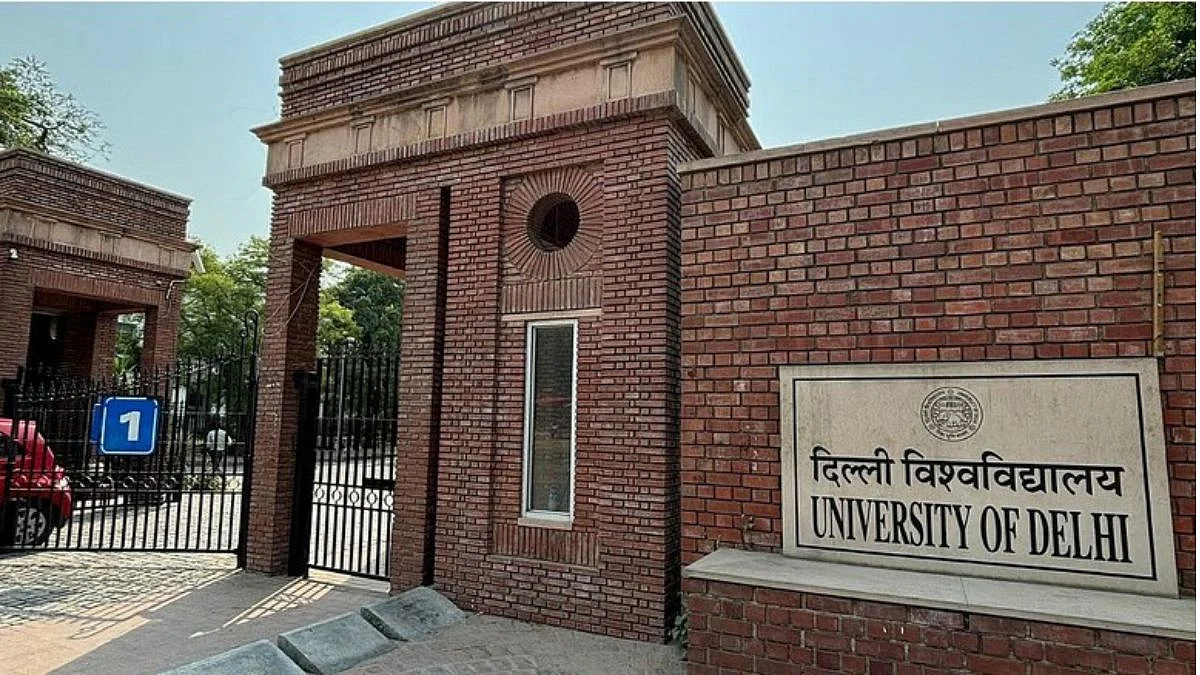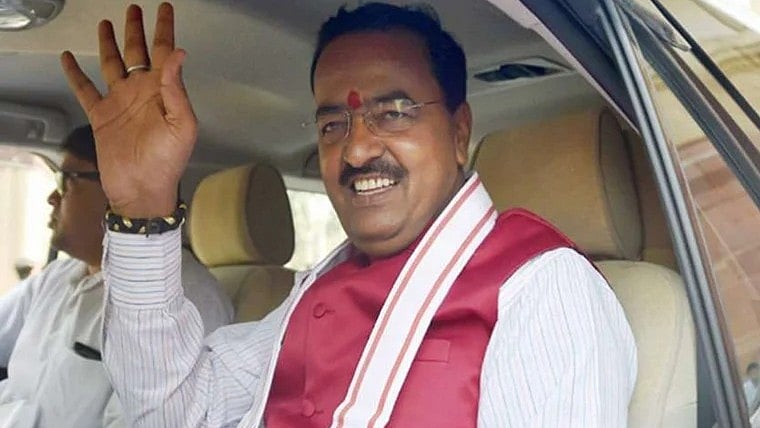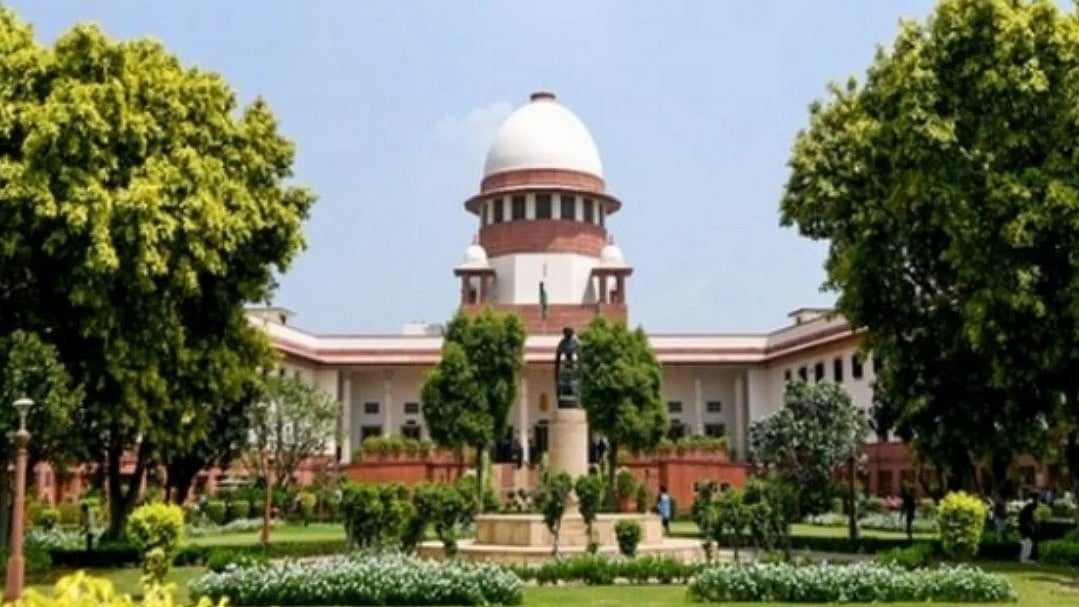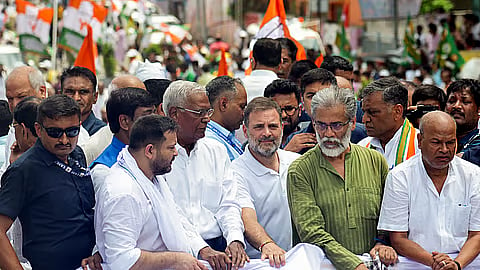A silent, sweeping revolution is underway. It doesn’t march with drums of war nor flash the banners of conquest. Instead, it flows like a great tide across continents—unseen, often underestimated—marked not by destruction, but by the convergence of technologies, a renaissance in learning, and the emergence of sustainable abundance. It heralds a hopeful reality: that peace and security may finally break out as a new generation of leaders, thinkers, and doers breathe life into World 2.0.
1. The Dawn of a New Global Balance
Trade flows, once the bruised arteries of a fractured post-pandemic world, are being reknit with visionary urgency. The United States, often seen as the beating heart of the global economy, is now signing landmark trade pacts with China—a signal of de-escalation, not dominance. Talks with the European Union and India are in advanced stages, aiming to restore symmetry and reciprocity. This rebalance is not driven by idealism alone but by necessity.
The weakening of the US dollar, paradoxically, is a signal of global healing. A deliberate, managed decline helps deflate its overdependence in global trade, stabilises commodity flows, and aligns interest rates globally, thereby calming turbulent capital movements. The dollar’s decline is no longer viewed with panic but as a correction—an adjustment to pave the way for multipolar prosperity, not unipolar coercion.
This monetary shift is mirrored in the market’s technological optimism. As NVIDIA approaches a $4 trillion market cap, it does not just signify one company’s success—it represents the entire AI-led abundance paradigm taking root. Amazon, Apple, and others are not just growing—they are transforming into infrastructures of abundance, helping the world imagine new thresholds of productivity, creativity, and human agency.
2. The Tech Convergence that Changed Everything
The forward march of technology has reached an inflection point. AI, quantum computing, biotechnology, and autonomous systems are no longer operating in silos. They are converging, intertwining, and forming something far greater: a self-propelling engine of human advancement. In this engine, each domain feeds the other—accelerating breakthroughs, reducing costs, and democratising access.
Autonomous transportation, green fuels, and sensor-embedded infrastructure are transforming mobility itself. The Ambani-Adani multifuel alliance in India is a model for the world—a coalition of capital, innovation, and sustainability. Hydrogen, biofuels, electricity, and solar-fed charging grids are replacing the monopolies of petrol and diesel. The internal combustion engine—the symbol of the 20th century—is giving way to clean propulsion. This shift is not just environmental; it is geopolitical. It lessens dependence on oil wars, pipeline politics, and energy colonialism.
The health revolution is even more profound. With protein folding models unlocking the architecture of life, drug discovery is being compressed from decades to months. AI co-pilots in diagnostics are identifying diseases early, and wearables are pushing health from reactive to proactive. We are, quietly and surely, entering the age of preventive care. Fitness is being reframed not as vanity but as resilience. Longevity is no longer a privilege—it is becoming a policy goal.
3. A New Learning Curve for Humanity
Education is no longer about degrees—it is about relevance. The conveyor belt model of learning is breaking down. In its place is a hyper-personalised, skill-based, mentor-guided framework. AI tutors, virtual classrooms, augmented reality labs, and immersive learning pods are democratising access and compressing timelines. Learners as young as 10 are building code, creating content, and solving real-world problems.
This learning revolution is the foundation of World 2.0. It is what makes the transition peaceful, not chaotic. It equips humans to collaborate with machines, not compete. It rewires minds for ethics, adaptability, and entrepreneurship, not just employment.
This pivot has profound implications. We are witnessing the rise of the gig creator economy, where millions are shifting from job-seeking to value-offering. Platforms that once enabled service aggregation now enable IP monetisation. From artists to architects, from teachers to technologists—everyone can now globalise their offering with a smartphone and an idea.
4. Sustainable Abundance and the Green Pivot
Sustainable abundance is not just a phrase—it is becoming a measurable, visible reality. The circular economy is being implemented not as an ideal but as an operating model. Waste is now a feedstock. From carbon capture bricks to algae-based packaging, from municipal sewage into hydrogen to crop residue into aviation fuel—waste is wealth. And in this reversal lies the deepest possibility of peace—because wars have always been fought over scarcity.
Materials are transforming too. The age of plastic is ending. Biopolymers, hemp, bamboo composites, and mycelium are creating products that are not only biodegradable but also regenerative. Conscious consumption is being aided by conscious design. Governments, too, are reconfiguring their regulations to reward design-for-decomposition and penalise permanent waste.
In the Global South, localisation is not isolation. It is smart supply chain design. It is the realisation that resilience lies in proximity—in knowing your farmer, trusting your local builder, and sourcing inputs within a 200-kilometre radius. Supply chains are becoming supply webs—hyperlocal, dynamic, and shock-resistant.
5. Security Through Shared Prosperity
World peace has never been a utopia. It has always needed systems. And now, those systems are forming.
Security is moving away from arms to algorithms. Cyber-resilience, digital ID frameworks, AI fraud detection, and blockchain governance are replacing checkposts, embargoes, and walls. Conflicts, where they erupt, are increasingly unsustainable. Either they collapse swiftly under global scrutiny, or they meander into diplomatic irrelevance.
The emerging norm is peace through prosperity. When every nation has access to data, energy, clean air, healthcare, and opportunity—what is left to fight for? Territorial conquest becomes economically irrational in a world where digital sovereignty, not physical domination, is the currency of power.
India’s DPI (Digital Public Infrastructure) model—of Aadhaar, UPI, DigiLocker, and ONDC—is showing how inclusion leads to security. When citizens are visible, resourced, and protected, societies heal faster, crime drops, and dignity rises. The whole world is watching this silent transformation with admiration and urgency.
6. The Spiritual Turn of World 2.0
Perhaps the most invisible yet profound change is the spiritual rejuvenation of humanity. As abundance rises and violence declines, people are returning to questions of meaning. This new generation is not just tech-native—it is values-native. They demand purpose in work, honesty in politics, ethics in innovation, and transparency in institutions.
They are also increasingly global in outlook. They collaborate across borders without needing government sanction. Their dreams are shared across geographies. They consume media in 10 languages. They care about the Amazon and the Arctic, whether they live in Mumbai or Madrid. This rising global consciousness is becoming the strongest force for peace. It aligns with planetary boundaries and inner development goals—marrying science with spirit, technology with humanity.

7. A Call to Action: Building the Operating System of Peace
As World 2.0 takes root, it must not be left to chance. We must intentionally design the Operating System of Peace:
• Tech convergence platforms where climate-tech, agri-tech, ed-tech, and health-tech collaborate.
• Global peace indices powered by real-time satellite data, cyberattack metrics, and supply chain stability scores.
• Cross-border innovation sandboxes for young entrepreneurs to co-create solutions to shared challenges.
• Digital public goods governed by AI ethics frameworks and open-source global standards.
• AI-co-piloted governance that identifies early signals of fragility—economic, social, or environmental—and triggers pre-emptive responses.
This is not idealism. It is the only viable realism in an interconnected world where conflict destroys trust, and trust is the new oil.
Conclusion: The Peace Dividend Is Real—and Near
World 2.0 is not waiting for a treaty. It is emerging through trillions of choices, billions of actions, and millions of innovations. It is being built by coders in Nairobi, nurses in Nagaland, founders in Singapore, policy makers in Brussels, teachers in Pune, and artists in Medellín.
As technology converges and the world begins to relearn how to live, learn, earn, and give, a new era is breaking out—one where peace is not merely the absence of war but the presence of wellbeing, inclusion, opportunity, and shared stewardship.
World 2.0 is here. Let us meet it with purpose, patience, and partnership.










